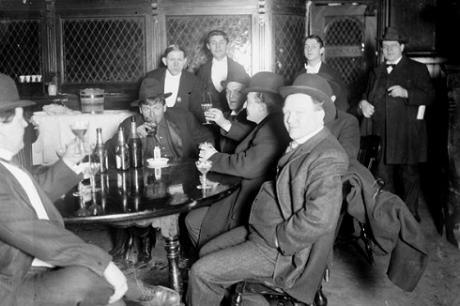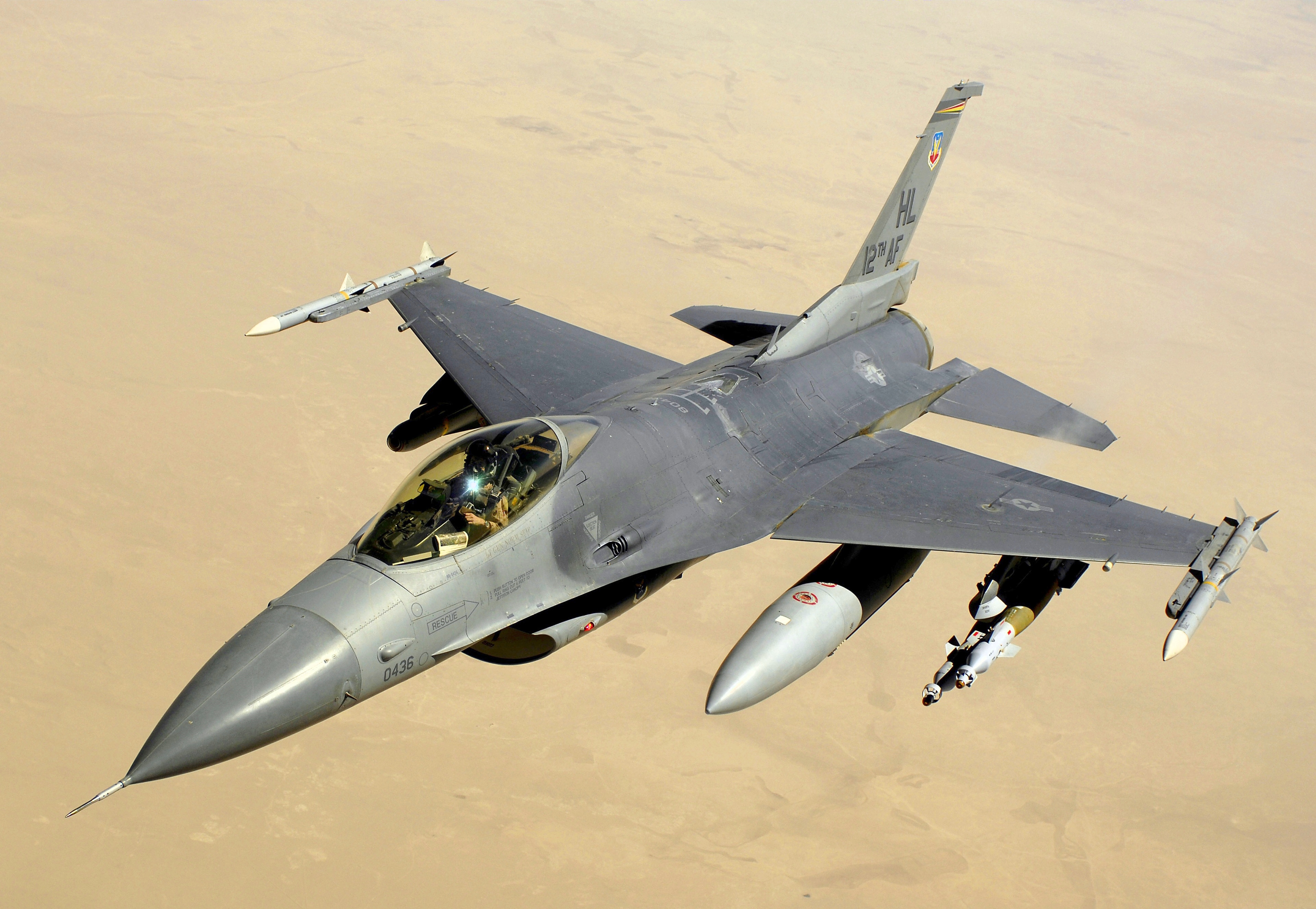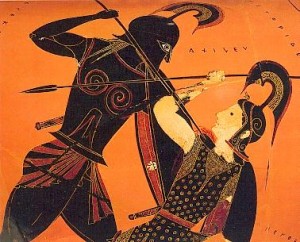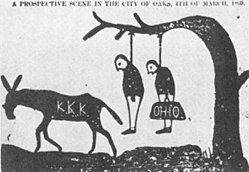Scotland was in the news lately, with its independence referendum. The local news here knew to quote the fact that Scotland has been a part of Great Britain for some 300 years. I guess that when people hear of Scottish independence, they see an image of Mel Gibson with some paint on his face, but that doesn’t really has to do with the issue on hand. Gibson portrayed William Wallace, a military leader in the First War of Scottish Independence at the late 13 century (and the usage of the word “first” here can give you a hint on how it ended), about 400 years before the union. So what was the deal?
The short version is that there had been two unions – one named “The Union Of The Crowns”, meaning that one king ruled both kingdoms, and one named “The Acts of Union”, meaning the political union of both kingdoms, turning them into one, with the same laws, representation, etc. But there’s a long version:
Until 1603 the Scottish kingdom and the British kingdom (that included Ireland) lived separately. Every once in a while, someone invaded the others’ lands, fought, killed, died, and retreated. In 1603, the Virgin Queen, Elizabeth Tudor, Queen of England died. She was the 2nd daughter of King Henry VIII and his second wife, Ann Boleyn, and the last monarch of the Tudor Dynasty. Elizabeth never married and never had children, and in addition refused to publicly announce a successor. But privately she chose one – King James VI of Scotland. Why him? James’ great-grandmother was Margaret Tudor, older sister to Henry VIII. Both of James’ parents were Margaret’s grandchildren (yes, they were cousins). James’ mother, Mary Queen of Scots was held prisoner by Elizabeth for 19 years and ended up losing her head. But that is another story and shall be told another time.

The Royal Arms of King James I – the top left and bottom right corners are the symbols of England, the top right is Scotland, and bottom left is Ireland
Anyway, after Elizabeth died, King James VI of Scotland took the throne. Now King James I, the first king to rule both Scotland and England and held it for 22 years. He established the American colonies in America, and is remembered mostly by the bible translation that still carries his name (King James Bible), and by being the target of Guy Fawks and his co-conspirators in the Gunpowder Plot in 1605. His ascension to the crown is known as “The Union of The Crowns“, but it wasn’t a political union of the states. England and Scotland kept their independence, with separate parliaments but with one king.
We’ll skip 44 years to 1649. The throne is held by James’ son, Charles I, and things are a bit bleak for him. Seven years before, a civil war started, and Charles, who led the Royalist forces against the Parliamentarians, lost. Since 1645 he’s been sitting in prison, and although he managed to escape for a short while, he was captured again. Charles would not live to see much of 1649. By the end of January he would be a head short. England abolished the crown and went into a period of 11 years of parliamentarian rule, under Oliver Cromwell. But Cromwell died, and not long after, the monarchy was restored. The throne was taken by Charles II, son of the first, that stayed in exile for the past few years. Charles II died with no heirs and the throne went to his brother James, who became James II. James lost his crown in another revolt, named the Glorious Revolution (named so, because in comparison with other revolutions this one was relatively less bloody) and fled to exile. His place was taken in 1689 by his daughter Mary and her husband William, and then, when they died in 1702, by his other daughter – Ann. Both sisters, Mary and Ann, never had any children, and with Ann’s passing in 1714, the Stuart dynasty has ended.
During Ann’s reign the union between England and Scotland was complete with the Acts of Union of 1706-1707, that were passed in both parliaments. These acts have sealed the political union between the realms on top of the union of the crowns. And that is the Union the news were talking about.
So just a quick recap: Elizabeth I -> James I (Union of the Crowns, 1603) -> Charles I -> Civil War & Parliamentarian rule -> Charles II -> James II -> Mary & William -> Ann (Acts of Union, 1706).
Ann had no heirs. The place of the Stuart dynasty was taken by the Hanover Dynasty, with King George I, son of Sophia of Hanover – the grandchild of James I.
Please vote:
0 3


 Urheimat
Urheimat
 China is the world’s 3rd largest country
China is the world’s 3rd largest country As a kid, I was once told that Mach speed is a unit of measurement equal to the speed of sound. In fact, as it turns out, it’s the result you get if you divide the speed of the object with the speed of sound at the same environment. Maybe more importantly, they failed to explain that the speed of sound changes as a result of different environmental settings, mainly temperatures, since the speed of sound drops at low temperatures.
As a kid, I was once told that Mach speed is a unit of measurement equal to the speed of sound. In fact, as it turns out, it’s the result you get if you divide the speed of the object with the speed of sound at the same environment. Maybe more importantly, they failed to explain that the speed of sound changes as a result of different environmental settings, mainly temperatures, since the speed of sound drops at low temperatures. 


